|
Published October 2016 in the 4th edition of TeenEquine Magazine www.teenequine.co.uk/magazine/#p=1 Does your horse:
These are common challenges and very often they come about because the horse is out of balance. They are all symptoms of natural asymmetry. This is not a problem for the horse in nature. In fact having a strong preferred front leg and pushing back legs can be helpful when you need to move fast to get out of the way of predators. But when you add the weight of a rider the imbalance can cause pain, lameness and emotional problems. If you are experiencing some of these challenges, learning to recognize and correct this imbalance will make a huge difference. Straightness Training can help by providing a logical and progressive system of exercises which will develop the horse symmetrically in body and limbs and straighten him. The first step is to learn to recognize your horse’s natural asymmetry and to understand how it affects his movement. Dimensions of natural asymmetry The front legs, with their fragile bones are not designed for taking the weight of a rider. The back legs are much stronger with big muscles, heavy bones and joints that act like springs. Front legs Just like humans horses are right or left handed in their front legs. The preferred leg is stronger and better co-ordinated and, if he is not taught to move in balance, the horse will tend to put more weight on the favored front leg. This can cause problems like navicular disease or sprain injuries. To find out whether your horse is right or left handed in front, notice which leg he usually chooses to put the most weight on when he is at rest. When he is in the field grazing his preferred leg will probably be the leg that he points forwards the most frequently. Another good test is:
A. If your horse places the left foot forward most of the time he is likely to be left-handed. B. If your horse places the right foot forward most of the time he is likely to be right-handed. C. If the outcome is 50-50 it could be that your horse has no preference and is ambidextrous. Back legs Horses are also left or right handed in the hind legs. They will have one pushing hind leg and one carrying hind leg. Did you ride a scooter as a child? Without thinking about it most people put the same foot on the scooter every time, and that is their carrying leg. Then they use the other leg, their pushing leg, to push back to make the scooter move forward. The principal is the same for the horse. A strong carrying hind leg bends easily like a spring, steps under the horse and carries weight. A pushing hind leg is weaker and straighter and pushes backwards. Pushing hind leg Carrying hind leg Lateral bend The spine can bend to the left or to the right from the head to the tail. From birth almost all horses either bend more easily to the left or to the right, and a horse can be right bent or left bent. For a left bent horse:
Left bent horses tend to be right handed in front and right bent horses tend to be left handed in front. A right handed left bent horse falls through the outside shoulder on a circle to the left and falls through the inside shoulder on a circle to the right. Case study Left bent, right handed When I started training Moon he was very stiff in his body because he was strongly right handed and left bent. This meant that when I asked him to lower his head and neck forward down and bend to the right it was very difficult for him. A circle to the right was much more difficult than to the left because he wanted to fall on his right shoulder. He would rush and fall forward, getting faster and faster, and he would trip often. When I was able to control the point of mass and move it back and out of his right shoulder he was able to bend and carry himself in balance. Moon on the more difficult right rein. Left bent and right handed and falling in to me onto his favoured right shoulder. Notice the unhappy facial expression and hollow back. Moon’s natural asymmetry causes him to lean to the inside of the circle, like a motorbike, and to speed up. This is called vertical imbalance. This is better. Here Moon bends around me on the circle. He steps under with his inside hind, his shoulder is more upright and he has a forward and down tendency of the head and neck. Moon finds his balance with a little bit of collection in the trot. Helping the horse with physical imbalance is vital but it is so important to also work on the mental, emotional and spiritual areas of imbalance. Very often correcting the physical imbalance will help with the mental and emotional areas but it can also work the other way around. With this in mind we must provide a tailor made solution for every horse.
In the next article I will talk about the exercises we can use to straighten the horse. You can find out about the other dimensions of natural asymmetry and how to solve them on Marijke de Jong’s Straightness Training website at straightnesstraining.com.
0 Comments
Leave a Reply. |
Details
AuthorWendy Poore, Licensed Straightness Training Instructor with Marijke de Jong ArchivesCategories |
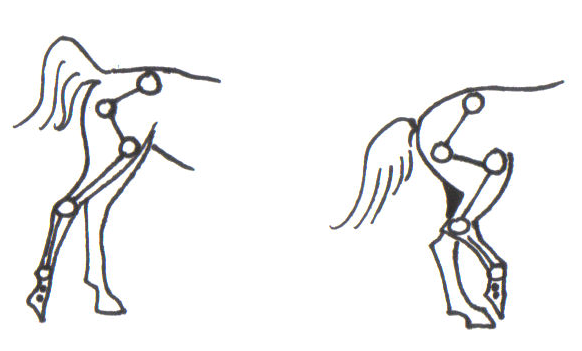
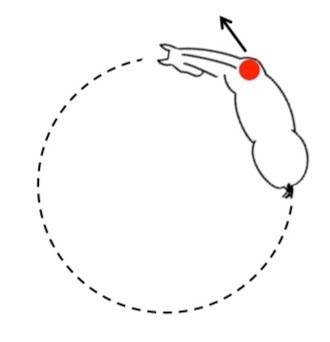
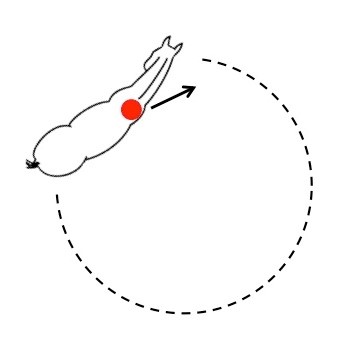
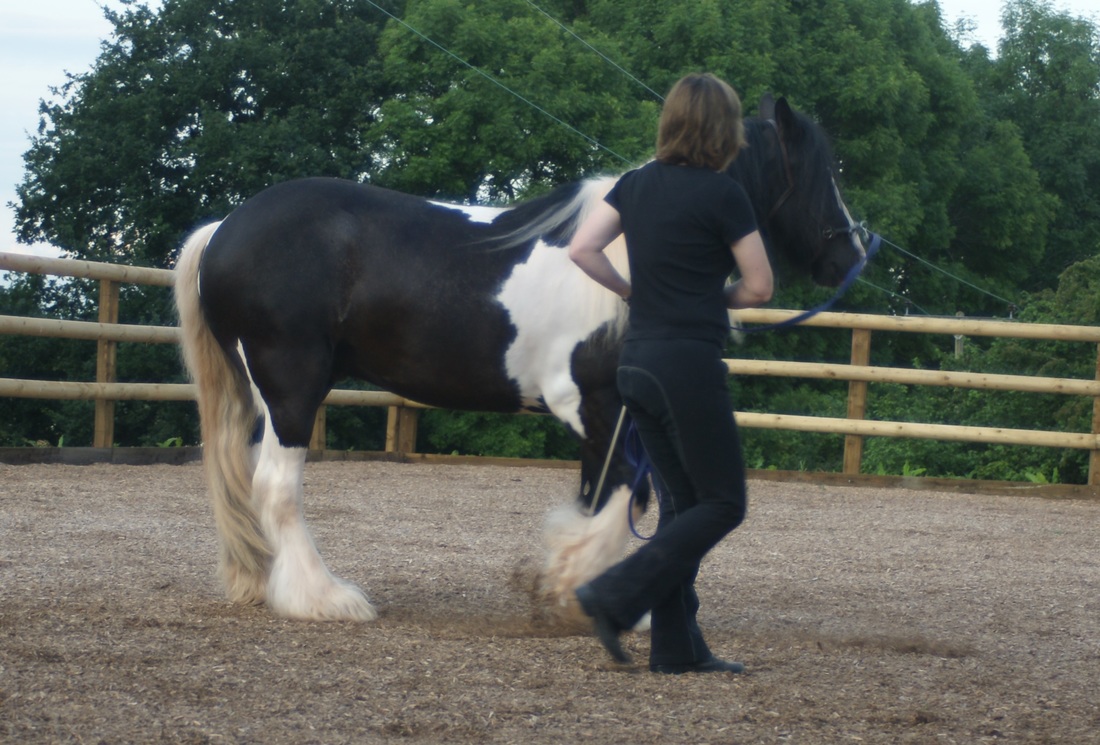
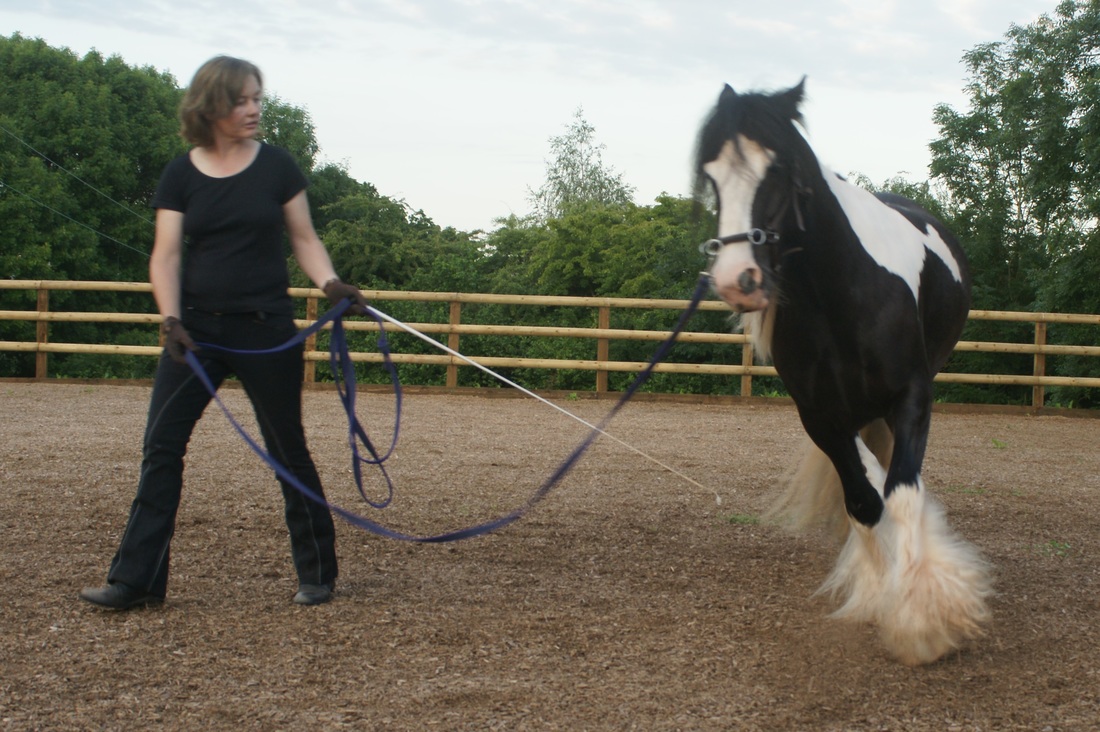
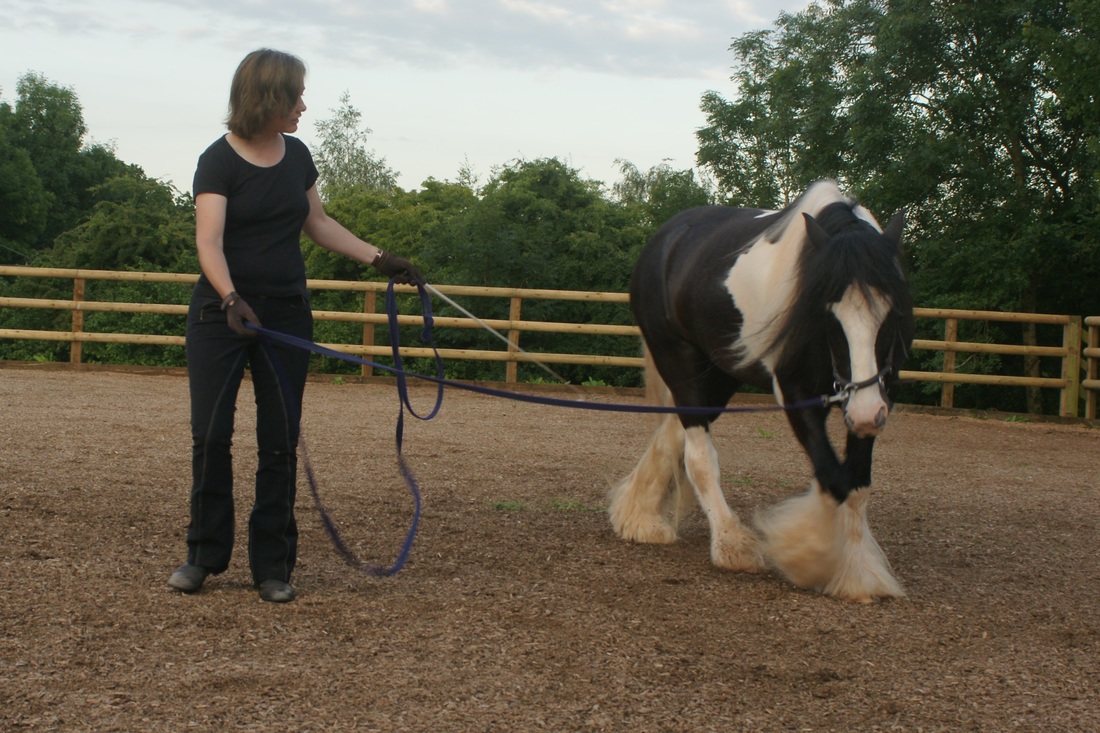
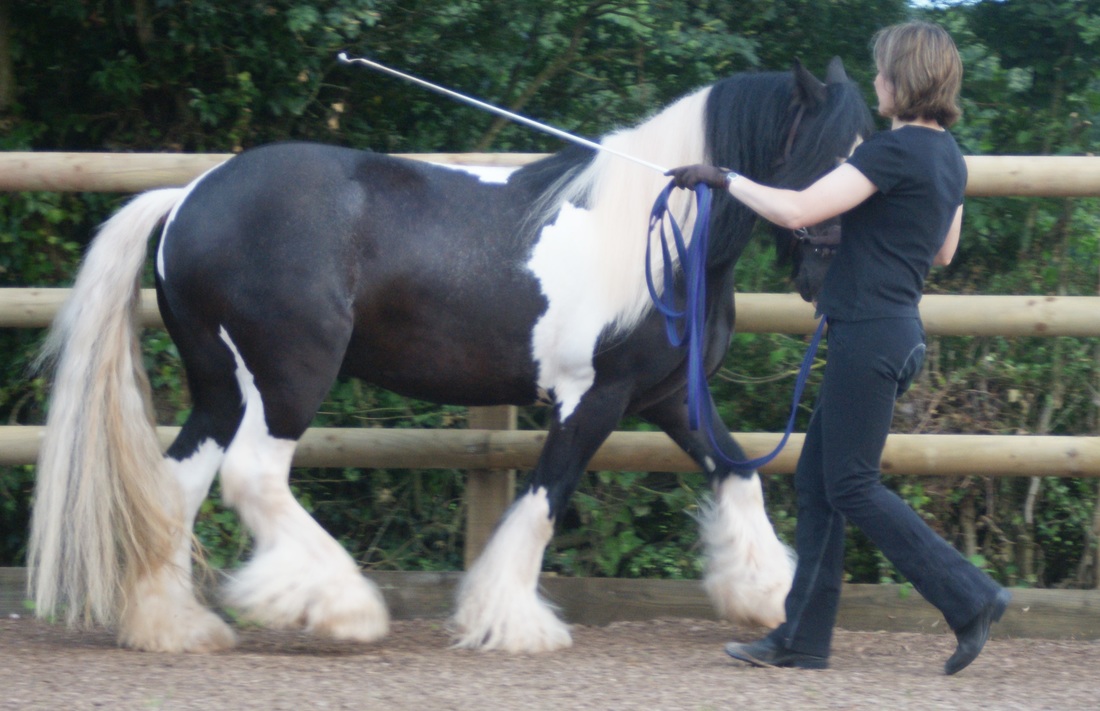
 RSS Feed
RSS Feed